It was a dark and stormy night… Well, not really! The genesis of Lords of Middle-earth begins in a nice Autumn day during the latest Lucca Comics & Games show, in November 2011.
The design team – Francesco, Marco and Roberto – met in a nice little cafe which was unusually quiet, being so close to the bustling show.
Ares had just shipped out of China the first copies of War of the Ring Second Edition, and it was already clear to us that the game publisher wanted to go beyond the initial release, and had an interest in developing a full line of products based on War of the Ring.
The first of these products were on the same boat as the core game: the beautiful embossed Card Box, and the Upgrade Kit.
Now, the publisher was asking us about Expansions – and there a new design challenge was awaiting for us.
War of the Ring is not an easy game to expand. The game includes a lot of different elements which lock together, and they’ve been “hand crafted” in an almost perfect balance (improved further with the Second Edition). In a symmetrical game, if you start with a balanced game, normally you get a balanced game just by giving the same additional option to everybody. In an asymmetrical game, you cannot take anything for granted. Any elements that you add may break the delicate balance, and ruin the game experience. As we knew already from the experience of designing Battles of the Third Age (the expansion to the first edition), this was not going to be a cakewalk.
Still, there is a potential for expansions! The world created by J.R.R. Tolkien is so rich that we had to make choices about what to represent directly in the game. A lot of the protagonists of War of the Ring are just hinted at by a non-specific figure, or an event card. To make the game playable (and its production possible!) we had to make choices about what to include and what to leave out, but some of the choices were painful indeed! With expansions, we could solve this problem, and gradually include in the game most of the key elements of the story in a “full” version – specific figures, cards, powers…
The first question was, should we just design a “second edition” of Battles of the Third Age? This was surely the easiest thing to do. Battles of the Third Age included important new Characters, like Galadriel and the Balrog of Moria; important factions, like the Ents of Fangorn and the Corsairs; new mechanics, like the Siege Engines… However, there was as much interesting stuff left out as it was included. We had Galadriel, but no Elrond; we had Ents, but no Eagles… How much better it could be to have more major Characters, more factions, more mechanics?
However, the sheer complexity of such a task (not to speak about the difficulties of production) was enough to make us understand immediately that this was not the right path to follow. On top of that, a lot of the specific mechanics of Battles of the Third Age were designed to improve the balance of the First Edition, and were not usable anymore, so we could use very little of the original design work to make the task easier.
As a final consideration, some of the design choices made for Battles of the Third Age made the game more narrow, and more distant from the source material. The importance of Galadriel and Lorién, for example, made an early fall of the Elven Stronghold foremost in importance in the strategy of the Shadow Player – which is an interesting “what if”, but not if it happens in every game!
There were still ideas in Battles of the Third Age which were very good to draw from, but not much that we could use without changes.
All things considered, the solution came quickly enough. We should not design one big, all-encompassing expansion, like Battles of the Third Age was, but a series of somewhat smaller thematic expansions. In each expansion, we could look at what we had done in Battles of the Third Age, but expand it further, so that we could include gradually all the protagonists that we missed in the original game.
Analyzing Battles of the Third Age, we saw clearly that what we designed then was three different set of elements – Characters, Factions, Siege Engines. The direction was now clear – we should design three expansions, and the first of them should revolve around characters.
So, the seed of Lords of Middle-earth was planted…

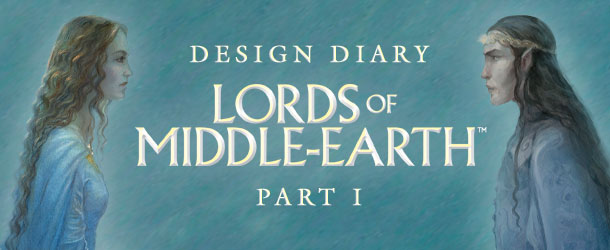
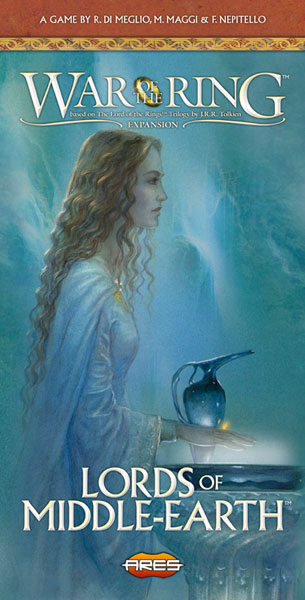
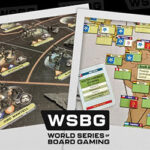
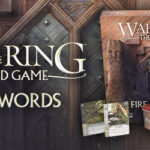

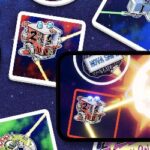
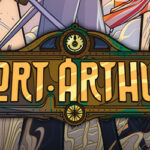


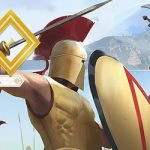
Follow Us on